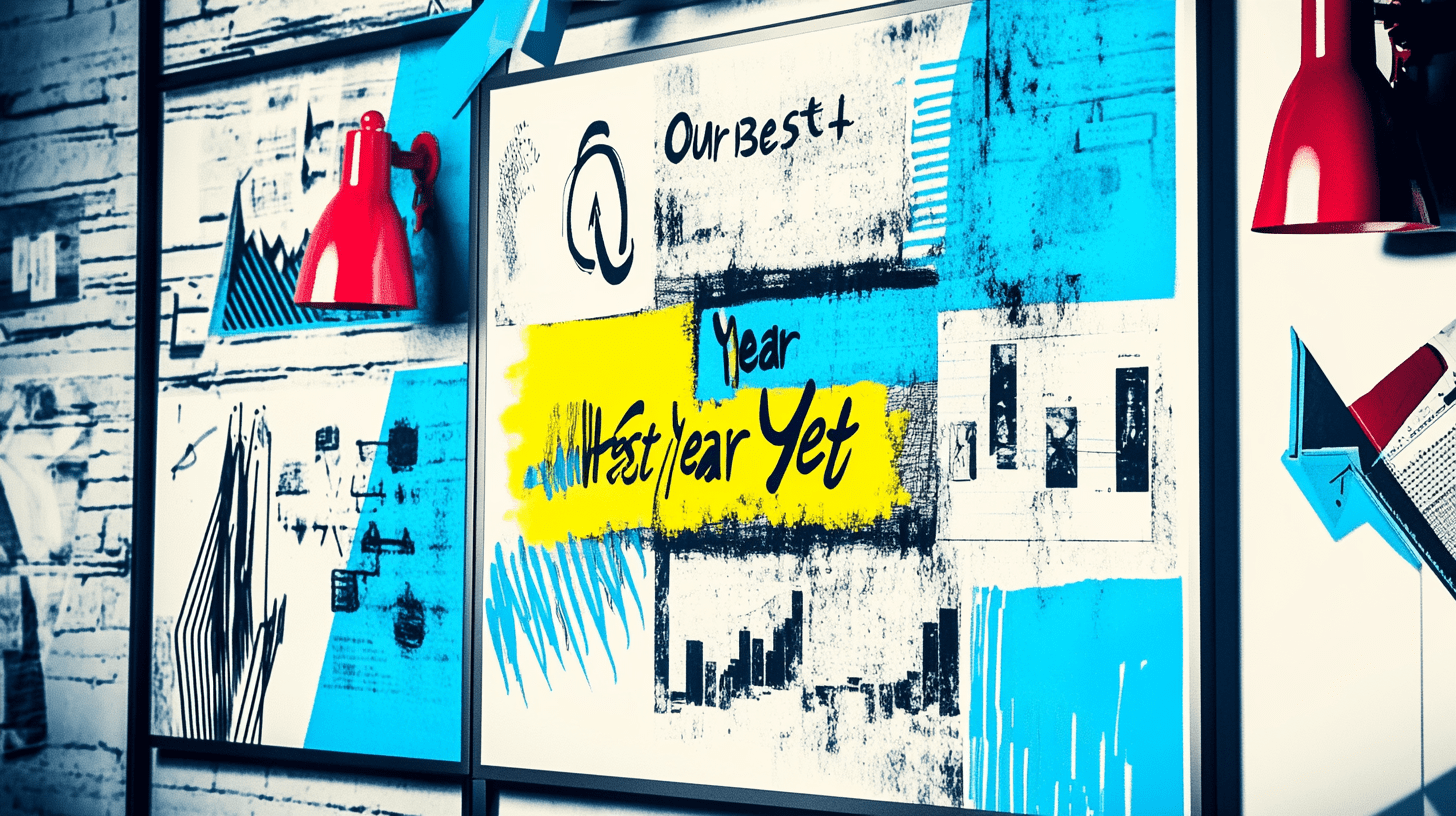Customer Lifetime Value (CLV) is more than just a number. It’s a key to growing your business for the long haul. But, 44% of businesses spend more on getting new customers than keeping the ones they have. Only 16% focus on keeping customers, which is a big mistake.
Think about this: a customer paying $100 a month can bring in $2,400 over two years. This is money that businesses might lose if they don’t focus on keeping customers.
Why not invest more in keeping the customers you already have? Losing a customer because of a weak relationship costs 16%. And, 23% of customers leave because of bad onboarding. With 83% of support teams seeing higher customer expectations, keeping customers is more important than ever.
Antavo found that 67.7% of companies plan to spend more on keeping customers in 2023. This shows that smart businesses know that keeping customers is where the real profit is.
Key Takeaways
- 44% of companies overinvest in acquisition while 16% focus on churn reduction.
- A $100/month customer equals $2,400 in CLV over two years.
- Weak relationships cause 16% of customer churn.
- 67% of brands pivoted to retention strategies during recent economic challenges (Twilio).
- Companies using loyalty programs saw 4.9x ROI on average.
Understanding Customer Lifetime Value (CLV)
Customer Lifetime Value (CLV) is more than a number—it’s a path to profit. It shows the total net profit from a customer over their whole time with your business. Unlike loyalty scores, CLV is linked to revenue, making it key for making big decisions.
What is Customer Lifetime Value?
CLV has two types: historic (actual spending) and predictive (future spending forecast). For example, a Honda owner’s historic CLV might be $100,000. On the other hand, a coffee shop might predict a regular customer’s 5-year spend at $2,500. Here’s how it works:
- Average order value x purchase frequency x customer lifespan = CLV
- Example: An online retailer with $200 average orders, 3 annual purchases, and a 5-year customer lifespan yields a CLV of $3,000
The Importance of CLV in Business Strategies
CLV turns guesses into real plans. Think about this: keeping customers costs 5x less than getting new ones. A business with $120/month ARPU, 80% gross margin, and 5% churn rate has a CLV of $1,920. This helps guide marketing and keeping customers.
- High CLV segments justify premium customer service investments
- Low CLV areas signal opportunities to upsell or reduce churn
- Subscription services like Netflix or Spotify use CLV to price plans sustainably
Businesses that use CLV well balance costs (CAC) against future value. A real estate agent with a $15,000 CLV per customer can invest in personal outreach. Remember, every kept customer is not just a sale—they’re a long-term money maker.
Factors Influencing CLV
CLV analysis shows three key factors: customer acquisition costs, retention rates, and purchase frequency. Understanding these can help increase CLV. Let’s explore how each affects your profits.
Customer Acquisition Costs
Every dollar spent on getting a customer reduces CLV. For example, if a coffee shop spends $1,200 to get a customer but their CLV is only $1,000, it’s a problem. Cost to Serve adds to the challenge. Finding the right balance is key for growth.
Retention Rates
Retention is more than a buzzword; it’s a way to increase profits. A business with an 86% retention rate sees customers for 7.1 years, boosting CLV to $16,890. The formula is clear: CLV = (Contribution Margin × Repurchase Rate) × Customer Lifetime − CAC. Bad onboarding can lead to 23% churn, but good onboarding can reduce it.
Even small improvements in retention can lead to big gains.
Purchase Frequency
Getting customers to buy more can greatly increase CLV. A monthly subscription model with 12 annual purchases, along with loyalty programs, turns customers into a steady income stream. For example, a SaaS firm with a $200 contribution margin and 12 yearly purchases sees CLV rise with longer customer lifetimes.
Personalized emails or tiered pricing (like Netflix’s plans) can keep users coming back and spending more.
By focusing on these areas, businesses can make better decisions. CLV analysis is more than just numbers; it’s a guide for smarter choices.
Calculating CLV: A Step-by-Step Guide
Learning how to calculate CLV helps businesses plan for the future. Start with basic CLV metrics and move to more detailed analytics. This way, you can find useful insights.
Simple Formula for CLV
For small businesses or new teams, start with a simple method:
- Step 1: Use this formula for Customer Lifetime Value (CLV): (Average Annual Revenue × Customer Lifespan) – Acquisition & Service Costs
- Step 2: For example, a gym with $1,000/year member revenue, 5-year average membership, and $300 acquisition costs: (1,000 × 5) – 300 = $4,700 CLV
- Step 3: Use this formula for CLV metrics to analyze the whole company or specific groups
Advanced CLV Calculation Methods
For companies with complex customer paths, use more detailed methods:
| Method | Formula | Best Use Case |
|---|---|---|
| Traditional CLV | GML × Retention Rate / (1 + Discount Rate − Retention Rate) | Subscription-based businesses |
| RFM-Based | (Frequency × Avg. Transaction) × Retention Rate / (1 + Discount Rate) | Retail and e-commerce |
| Predictive Modeling | AI-driven analysis of churn risk and spending patterns | SaaS and tech firms |
For instance, a SaaS company might use the traditional formula. With GML of £2,200, 70% retention, and 10% discount rate: CLV = 2,200 × 0.70 / (1 + 0.10 – 0.70) = £3,850. This shows where to focus on keeping valuable customers.
Tools like Sprout Social help use CLV metrics to better spend budgets. Thomas International increased CLV by 15% with data-driven choices. Even with little money, focusing on accurate CLV calculation makes every dollar count.
Strategies to Enhance Customer Lifetime Value
To boost CLV, businesses need CLV strategies that build lasting relationships. Here are some proven ways to how to improve CLV and grow sustainably.
Personalized Marketing Techniques
Personalization is key. For example, a skincare brand increased annual spending from $250 to $600. This tripled their increasing CLV to $21,000 over 35 years. Here’s how:
- Use purchase history to recommend products (e.g., Sephora’s Beauty Insider program)
- Time offers to customer behavior (e.g., post-purchase follow-ups)
- Segment audiences for hyper-relevant messaging
| Strategy | Annual Spend Before | Annual Spend After | Lifetime Value |
|---|---|---|---|
| Email Personalization | $250 | $600 | $21,000 |
| Loyalty Programs | N/A | 25%-95% profit boost | See Starbucks’ 25M+ members program |
Customer Engagement Initiatives
Engagement builds loyalty. Programs like loyalty and referral incentives can extend lifespans. 86% of buyers pay more for good experiences, while 58% flee poor service. Tactics include:
- Referral bonuses (e.g., Dropbox’s extra storage)
- Exclusive member perks (e.g., Nike’s SNKRS app)
- Community events (e.g., Glossier’s fan meetups)
Providing Top-Tier Customer Service
Service quality impacts retention. Poor onboarding causes 23% churn; top brands like Zappos resolve issues in 1 touch. Prioritize:
- 24/7 omnichannel support
- Feedback loops to address pain points
- Proactive service (e.g., preemptive maintenance calls)
Happy customers are walking ads. A 5% retention boost can lift profits by 25%-95%—proof that CLV strategies are worth the investment.
Utilizing Technology to Track and Improve CLV
Today’s businesses use tech to improve CLV analysis and maximizing customer lifetime value. With 42% of sales teams focusing on recurring revenue, advanced tools help keep data accurate and provide insights in real-time. Let’s see how technology turns CLV metrics into strategies that work.
CRM Systems and Data Analytics
CRM platforms like Salesforce and HubSpot gather data for accurate CLV metrics. They offer:
| Feature | Description |
|---|---|
| Real-Time Analytics | Tracks purchase patterns and churn risks instantly. |
| Predictive Modeling | Machine learning forecasts customer behavior, aiding retention. |
| Integration Capabilities | Connects with CDPs and CDWs for unified data views. |
Automation in Customer Interaction
Automation tools make interactions better to increase loyalty. Examples include:
- Chatbots: Resolve queries 24/7, reducing response times by 70%.
- Email Automation: Personalized campaigns increase open rates by 30%.
- Recommendation Engines
- Analyze purchase history to suggest products, raising upsell chances by 25%.
Tools like Intercom and Mailchimp automate while keeping a human touch. It’s like “digital elbow grease” for better engagement.
By mixing real-time data with human insight, businesses avoid old “spreadsheet guesswork.” The right tech stack combines historical insights with current data. This turns raw info into strategies that grow CLV in a lasting way.
Analyzing CLV for Future Business Decisions
CLV analysis turns data into useful insights. It helps make decisions that focus on long-term profits. By matching product plans and marketing budgets with CLV, companies can plan ahead and use resources well. Here’s how to use CLV insights to get ahead of the competition.
Using CLV to Drive Product Development
Product teams should focus on features that high-CLV groups want. For example, a SaaS company found that middle-aged users spent $912 on average, while younger users spent $675. This led them to improve features for older users, like better access across all channels, which helped keep customers.
By using these insights, companies can make sure their innovations match what customers value.
Measuring CLV Against Marketing ROI
Marketing budgets do better when linked to CLV. A company with a $45.70 CLV can target higher-value groups in their campaigns. This ensures that spending matches the returns over a customer’s lifetime. With 89% of businesses seeing CLV’s impact on customer experience, focusing on high-CLV channels boosts ROI.
For example, a coffee shop with a $1,000 CLV per customer can improve its loyalty programs to keep its biggest spenders.
CLV strategies require action. Companies need to use predictive analytics and historical data to predict trends. Tools like CRM systems and AI-driven CLV models show where to invest. With e-commerce CAC rising 222%, ignoring CLV can put businesses at a disadvantage.
By making CLV a part of every decision, from launching new features to spending on ads, teams can move from short-term wins to lasting growth. The aim is to make every customer a long-term asset through data-driven strategies.




